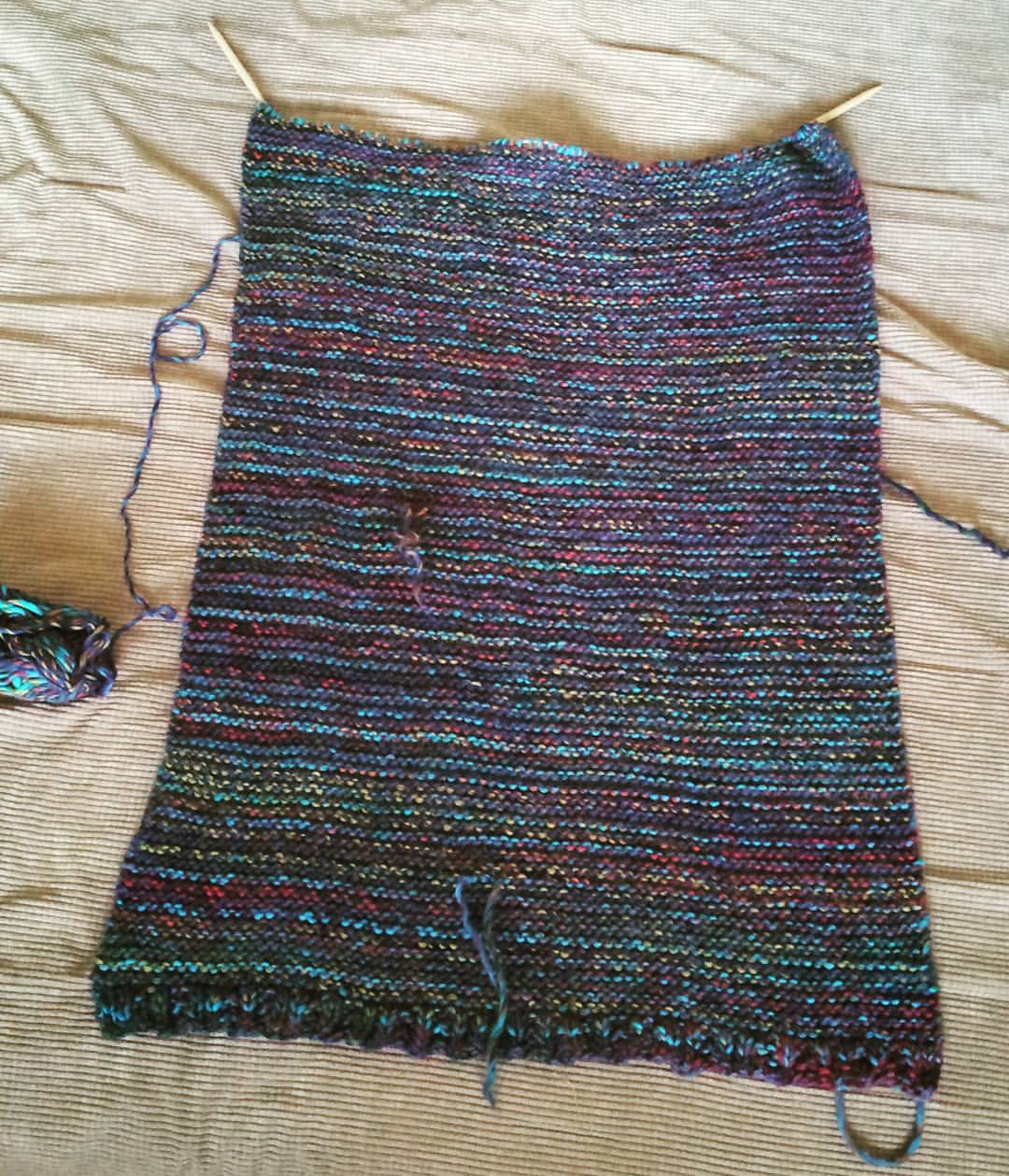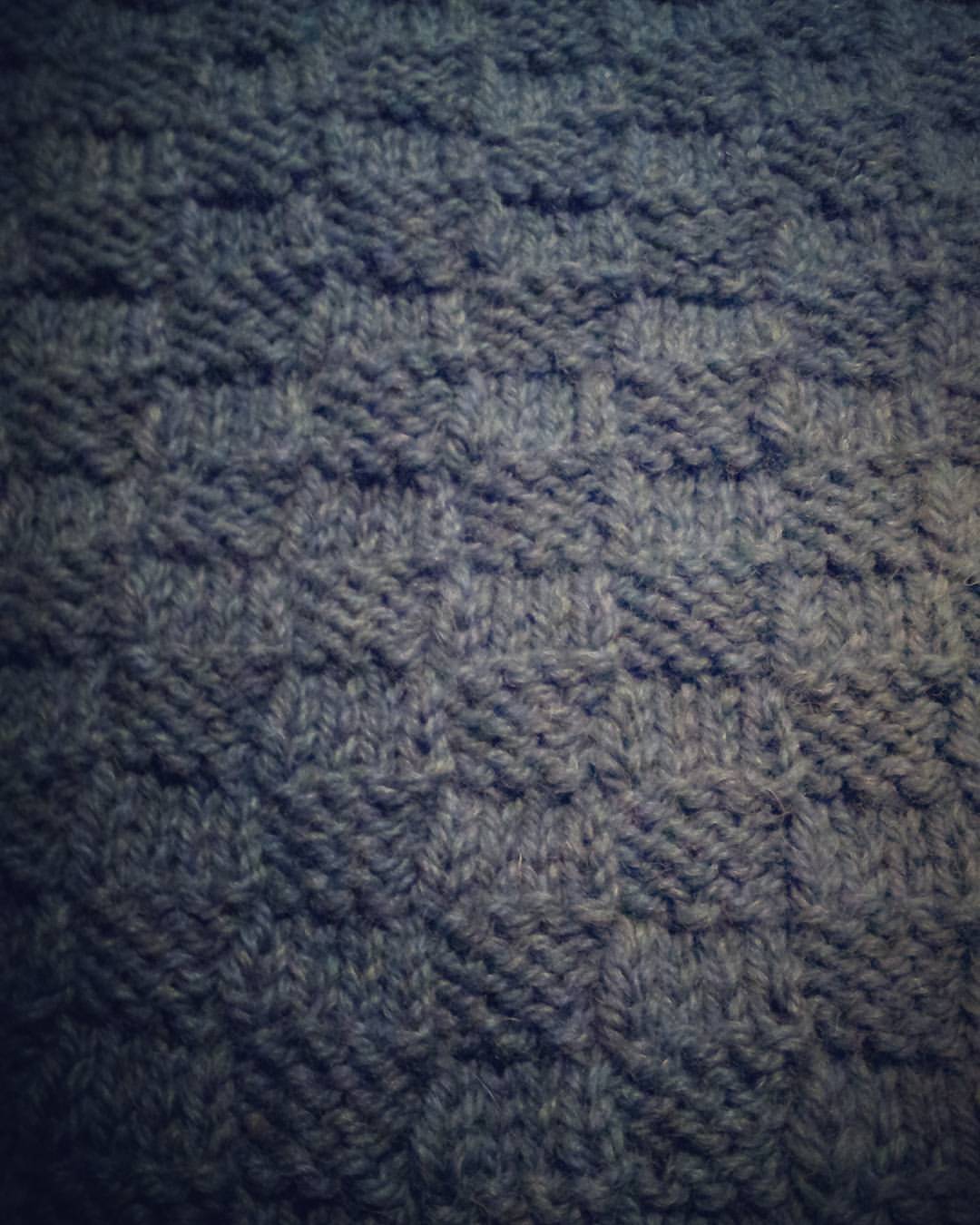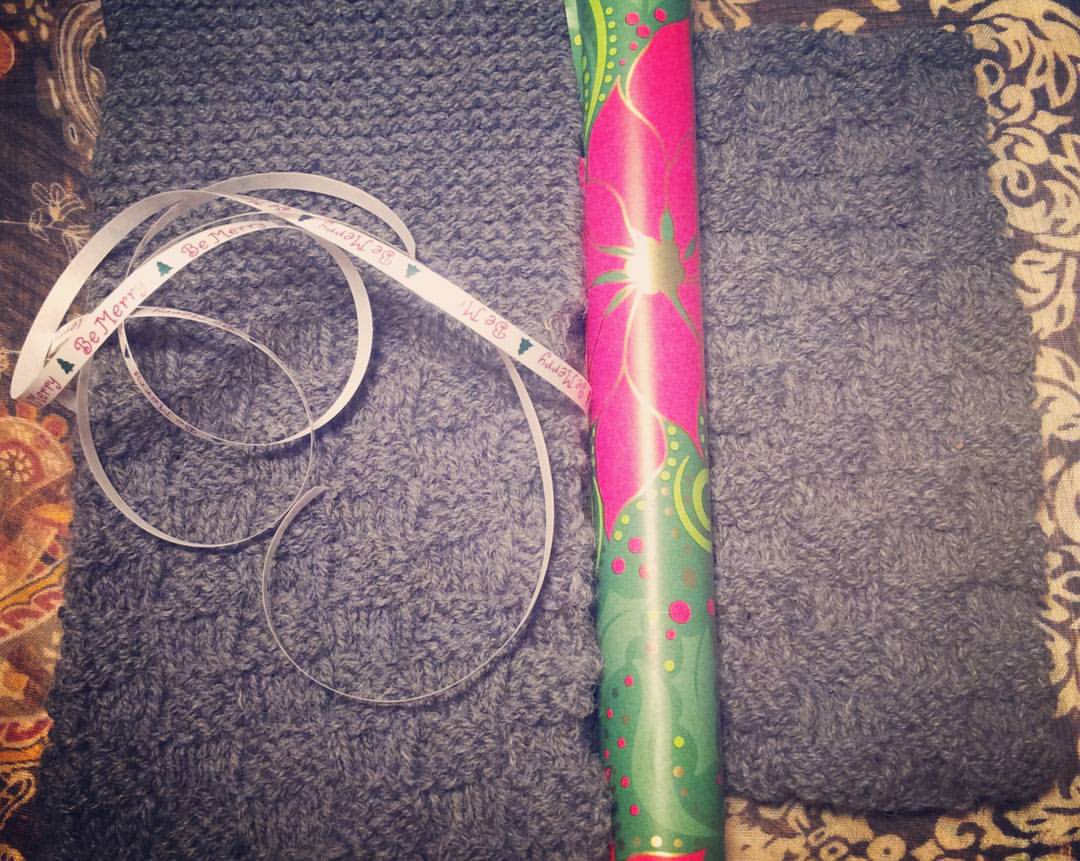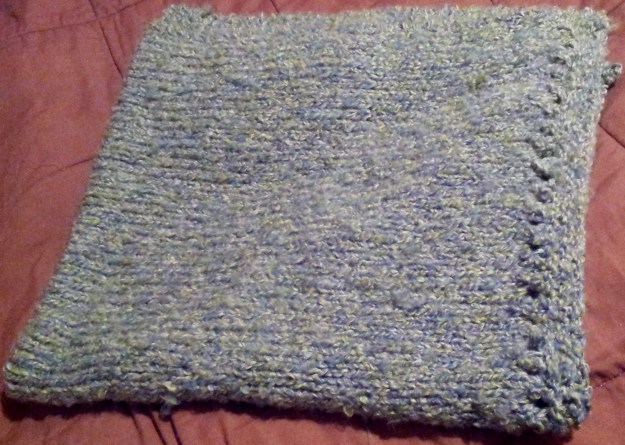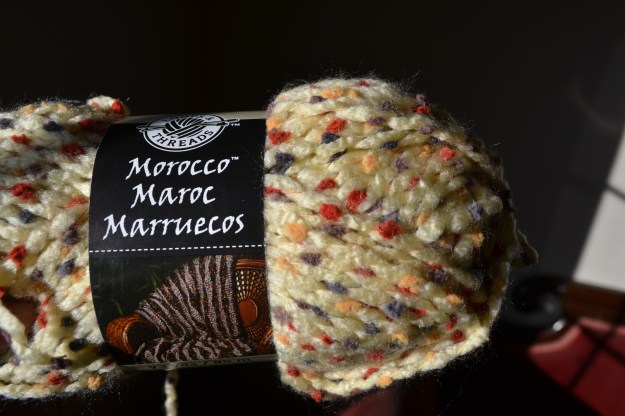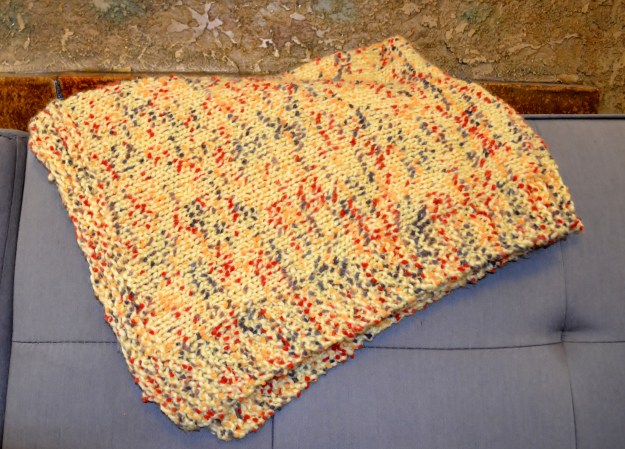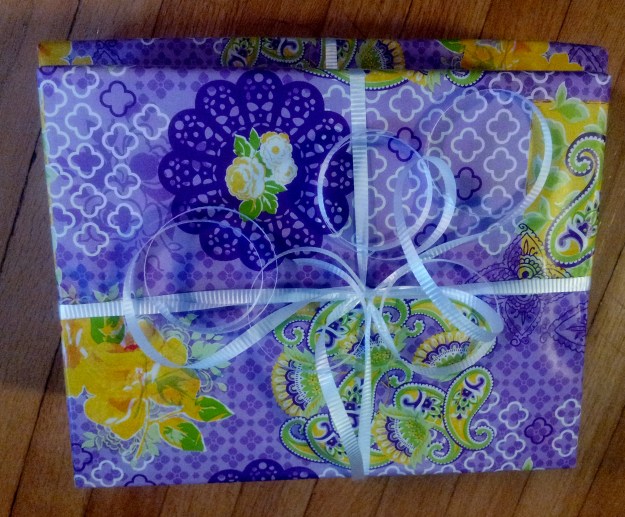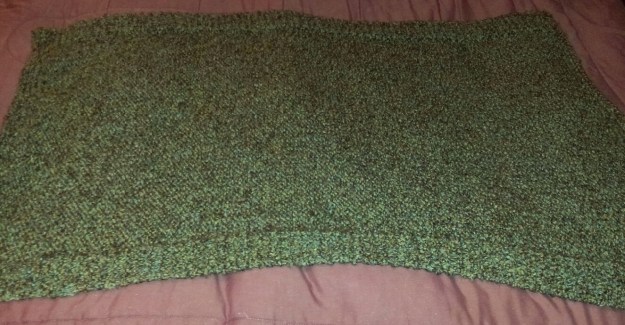My first book of 2022 is A Short History of the World According to Sheep by Sally Coulthard. This isn’t necessarily my genre, but it’s about sheep, and it was recommended somewhere online, and so I read it.
It’s an interesting book, and it did increase my appreciation for sheep and my understanding of the history of sheep and just how closely they lived and evolved with humans. The closer I am to livestock, I continue to be at peace with the omnivore diet. The relationship feels symbiotic, like we evolved together for this sacred purpose. Domestic animals changed significantly living alongside humans and vice versa.
The human relationship to wool was particularly fascinating. Understanding just how much wool has been produced over the years, and how that wool very much helped the evolution of the human species, and the rise of empires, was shocking. It was also difficult to read about the child labor that was used to produce so much of the woolen fabric that was used very nearly every purpose, especially 150 years ago.
Thinking about the domestication process of sheep, and other livestock, was also interesting to me. I had never thought that centuries ago, humans caught newborn wild animals, women may have breastfed them to imprint on them, and that is likely how the domestication process began. It’s shocking to think about.
I found Coulthard’s writing to be somewhat challenging. I would have appreciated a more linear organization. The chapter and subject titles are creative, but don’t add much to the understanding of the content. It’s a work of nonfiction, and those titles didn’t quite seem to fit. Additionally there were many missing transitions throughout, and so I sometimes had a hard time following. By the end, either because I was trained to it, or because the linearity improved, I started to enjoy the organization of the book.
It’s a book worth reading, but this is only especially true for us who really appreciate sheep in the first place.



